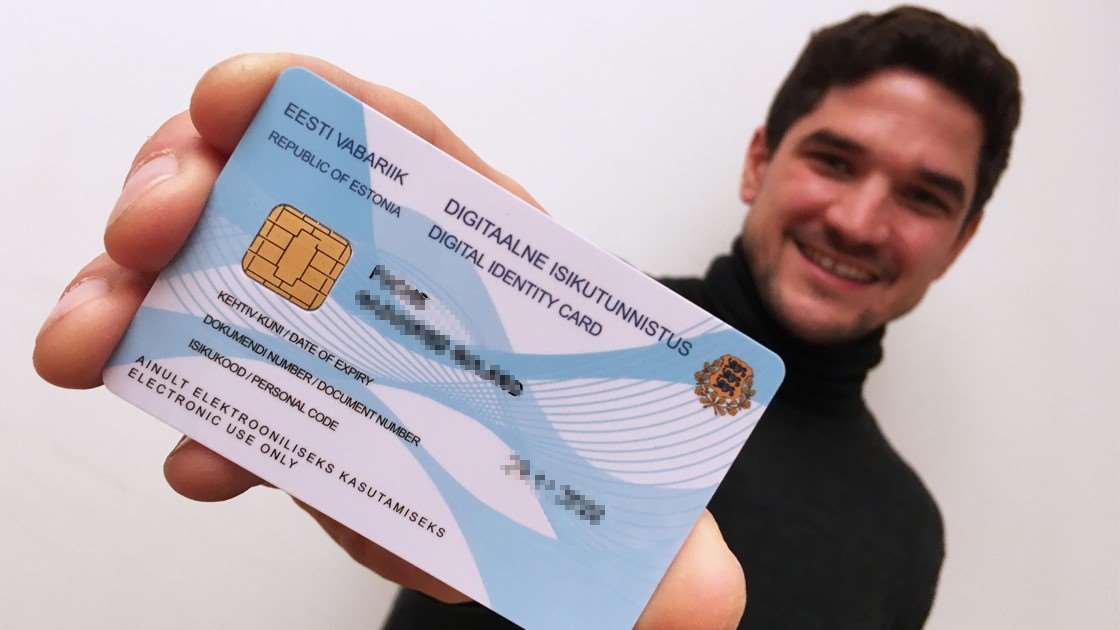Will they help with digital payments, tax collection or safeguarding refugees?

In India 1.2 billion people now use digital IDs. This represents the fastest diffusion of a new technology in history. Over a billion adoptions have taken place in less than 10 years. Called Aadhar, the product does what it is supposed to do—though also some things it was not meant for, such as revealing personal data, which some agents have been selling for a few cents. Security and privacy are obviously critical KPIs.
In Moldova the mobile operators provide digital IDs, as they appear to be the least mistrusted and most logistically adept entities in a country subjected to ethnic strife and separatism. Other low-income economies relying on or testing this new approach to identity verification include Albania, Nigeria, Peru and Somalia. (Our firm is helping plan a Public Private Partnership to register, certify and use biometric identifications in one of these.). Even block chain platforms are being considered for the purpose, though their use could absorb the entire power grid and computer capacity of some countries
It does not take long to appreciate the idea of a digital ID, even as the devil rests in the implementation details. There needs to be a technical platform and associated database with varying access for different users and purposes. Secondly, a mass registration process is needed. This is why in countries without more than a handful of post offices, the mobile operators, with their extensive SIM registration ecosystems, are often seen as appropriate partners. Also there is a need for certification of the identities that have been provisionally registered. This usually calls for some form of centralized cross checking. The last ingredient is service points, where the digital IDs can be used to secure services or access a voting booth.
The process also calls for training and capacity building. Most of all the governments involved have to establish trust in the digital IDs. Otherwise the technology can be rejected or used only by certain segments of society. A universal ID that is not universal may in the end not be much of an ID either for more limited uses either. In sum, assembling a working digital ID system, including a PPP layer to implement it, can be as intricate as building pyramids if not self-driving cars.
On the other hand, the digital IDs that have been introduced in India and Nigeria as well as smaller countries, have provided access to a wide array of public and private services. On the public side, they can facilitate school registration, delivery of inoculations, voter registration, submission of taxes, and receipt of pension payments and social security benefits. In the private market, not only SIM registration but also mobile money and banking transactions are enabled along with the use of credit in stores.
One of our managing consultants, Olivier Alais, worked recently on a biometric ID rollout for migrants in Thailand. He found adapting the technology to local needs and infrastructures was the biggest challenge. Connectivity as well as electricity were difficult to access in many villages. And field workers needed to spend time with communities to explain the benefits of biometric IDs as well as how the ID system works. In short implementing a biometric ID system is not just a technical challenge—it raises non-technical issues, not least of which is trust.